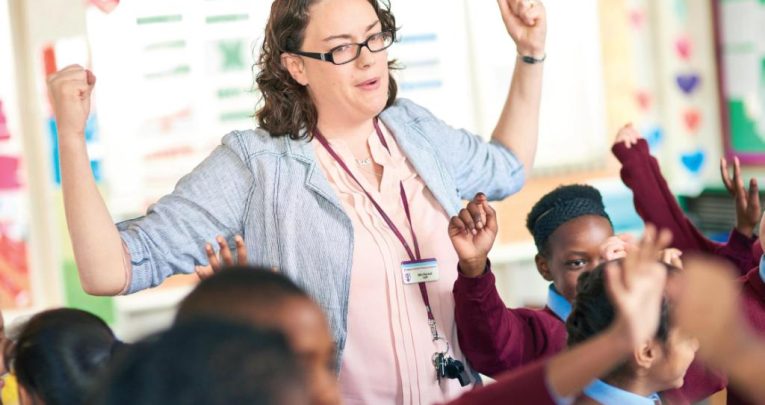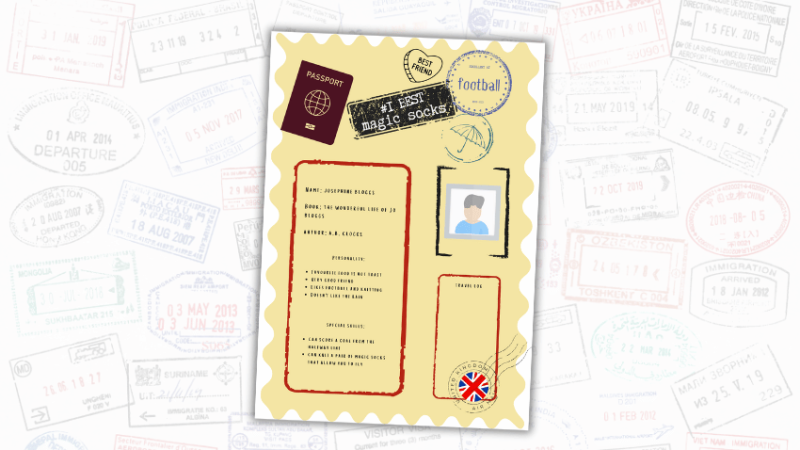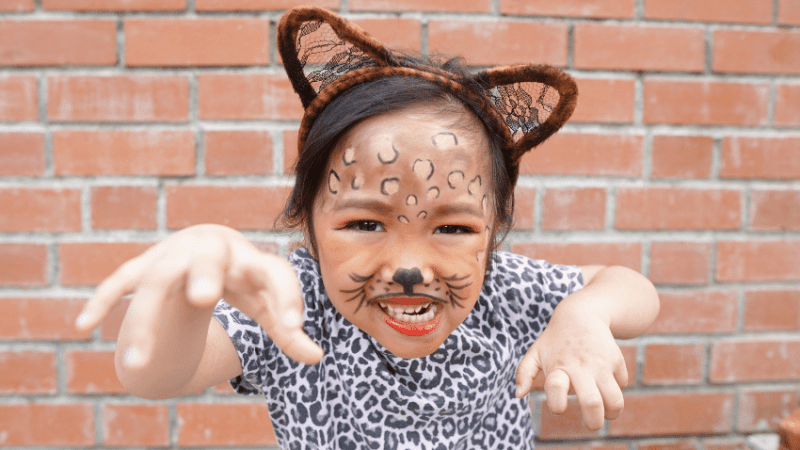How to use drama to boost children’s comprehension of texts

Deft use of drama can guide children to the heart of a text, taking their understanding of themes such as war, sacrifice, courage and honour to a deeper level, says Debra Kidd…

- by Debra Kidd
- Educator, author and speaker with over 30 years in teaching Visit website

Twas brillig and the slithy toves Did gyre and gimble in the wabe. All mimsy were the borogoves And the mome raths outgrabe.”
We’re standing in a circle, a Year 5 class and I, playing with the sounds and language of the opening to Jabberwocky. I recite the verse, half a line at the time, attaching a movement to each unfamiliar word and they repeat until we all have the words fixed in our minds. It doesn’t really matter what the movement are. What they do is help to fix the word and its order into the memory of the child.
In groups of three, they are given one of the nonsense words in the poem and asked to create a dictionary entry for it. At this point, they’ve still not seen them written down. What is the spelling of the word? Is it a noun, a verb, an adverb or adjective? What is its definition?
We’re beginning on safe ground – GaPS ground – but we’re sowing seeds, inducting the children into an unfamiliar world of the imagination.
I use the task as a chance to assess. Are their spellings phonetically plausible? Are they drawing on known cognates? Are they applying the spelling rules we have learned? Do they understand syntax and sentence structure and how articles and determiners, prepositions and connectives can indicate the function of other words? Finally, have they created and crafted beautiful definitions to show that no other word would have done but this one?
The task may seem mundane, but it’s a necessary stepping stone into appreciating the beauty and possibility of language. And it creates some stunning collective writing as we pull the definitions together and change the poem into prose:
“It was the kind of cold that creeps under your skin and makes you feel as if something bad is going to happen. The small, thin, slimy toves, were stumbling in circles, their eyes weeping with acid. In the deepest, densest and darkest parts of the forest, borogoves stood, miserable and morose, their three eyes downcast at the ground. Somewhere in the distance, at the edge of the oyster ponds, the mome rath turtles shrieked – their shark-like mouths open wide, calling out a warning. Beware!”
“Is this a safe place?” I ask the children. They agree it is not. Beware…
“Beware the Jabberwock, my son, The jaws that bite, the claws that catch Beware the Jub Jub bird, and shun The frumious Bandersnatch.”
Who is speaking to whom and why? Having set our scene, we are now considering who the key characters in this tale may be. In pairs, the children create an image of the two people speaking. We thought-track them to find out what they are really thinking. Joining into larger groups of four, I pose the question “Why would a young man leave the safety of his village and venture out into this danger?” and the children are asked to come up with a brief scene to explain. They can have two still images and no more than ten words.
Condensing and constraining help them to focus on the key elements of plot and rationale. They encourage the children to be judicious in the way they select and present their material. They come back with a number of possibilities…
- It is a rite of passage – an initiation into manhood
We explore the possibilities and I read them the rest of the poem. Knowing that his quest is to return with the head of the Jabberwock, which do they think is the storyline they would like to pursue? Of course, any of them would fit, but they choose one – the third option.
We prepare our hero for his departure by giving him gifts to take and creating a ceremonial prayer to wish him well. We develop a deeper understanding of the creatures mentioned in the stanza – the Jabberwock, the Jub Jub bird and the Bandersnatch – by firstly creating enormous moving images of them in three groups, with each member of the group becoming a part of the creature, then by filming them, creating a David Attenborough style commentary for a wild life documentary on each creature. They explore how he uses language, particularly similes in his descriptions of a Blue Whale in Blue Planet and they create their own scripts and film clips.
We place large sheets of flipchart paper on the floor, each one labelled with a grid reference letter and number, and create a large map of the story environment, from the village to the distant lair of the Jabberwock, over in the Tum Tum Forest. In pairs, the children take a part of the map and write an account of something that happens to the boy there, in that place. An epic journey is being created.
We take his Vorpal sword in hand – examining the inscriptions and carvings and writing a history of this weapon. We consider his clothing, his supplies, his mode of transport. We live, breathe and create his adventure. Until one day…
“And has thou slain the Jabberwock? Come to my arms, my beamish boy! O frabjous day! Callooh! Callay! He chortled in his joy.”
Our hero is returning. His quest has been successful. What celebrations await him? How will we welcome him? What songs, poems, prayers and rituals will we create in his honour? What will we do when he walks into our village hall to be welcomed home? The children work hard on his return. They give him a hero’s welcome. They gather round him (one of their classmates) to ask questions. Then there is a knock at the door and I enter, in role as a messenger. I read…
From: Chief Alrun the Great of the Tumbultuous Forest Tribe To: The Chief and Villagers of the Timiditus Lowland People
It has come to our attention that a member of your tribe has crossed the boundary of the territory that has, for centuries, marked the separation of our two tribes. As such he is in breach of the Ancient Peace Settlement of 428. In addition to this, the trespasser has done grievous harm to a creature that our tribe has long worshipped and who is sacred to our way of life. Indeed we have reason to believe that the villain has slain our beloved Jabberwock.
Such an insult will not go unpunished. We hereby demand he be handed over to us to face Tumbultuous justice within 24 hours – for a crime this heinous, nothing short of the death penalty will do. The villain will be sacrificed to the Jub Jub bird forthwith. Refusal to comply with this request will be viewed as an act of war and our vengeance on your people will be great.
Yours
Alrun The Great and Terrible.
There are moments in drama where actions pivot; where perceptions shift; where tensions drive deep thinking. This is one such moment. The children are knee-deep in dilemma. They must act, but what should they do? Hand him over? Go into a war they are unlikely to win (the clue is in the etymology of the names of the tribes). Seek a diplomatic solution?
All texts are portals into the imagination. But they also offer us an opportunity to explore, at safe distance, the common experiences of human beings. Of war, sacrifice, courage and honour. Of fear, confusion and dread. Of understanding the differences between people and their values and beliefs. This scheme starts with spelling. It ends with the world.
How to delve deeper with drama
- Map making is a great way to get children thinking about the setting of a story. You can lay out large sheets of paper and get them to draw a map, or they can label a classroom space with post it notes to imagine their way into a new environment.
Browse more drama games for primary children.







